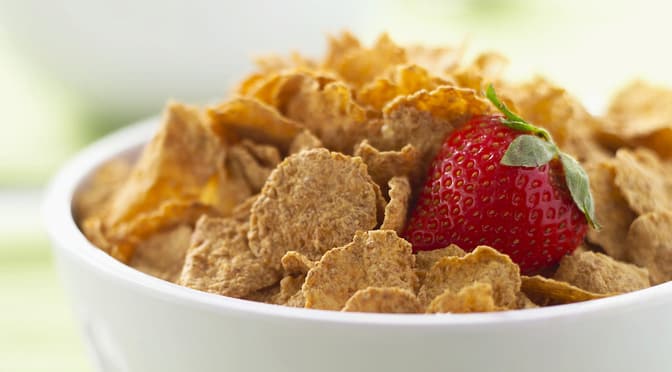Fiber does several good things for the body like promoting colon health, lowering blood cholesterol and helping manage weight. There are many different types of fibers found in a variety of foods. Although most fibers have more than one positive effect, no one fiber does everything. It is important to eat a variety of fiber types every day to help the body function well.
Historically, fibers have been described as insoluble (fiber that does not dissolve in water) or soluble (fiber that dissolves in water). Recent research has shown that a fiber’s ability to be dissolved is not always tied to its health effects. For example, some soluble fibers provide bulk (increase size and weight of stool), which has historically been associated with insoluble fiber. In addition, some insoluble fibers (i.e., resistant starch), are broken down by bacteria in the large intestine, which was previously associated with soluble fibers. Thus, scientists and healthcare professionals are now moving away from using the terms “soluble” and “insoluble.”






